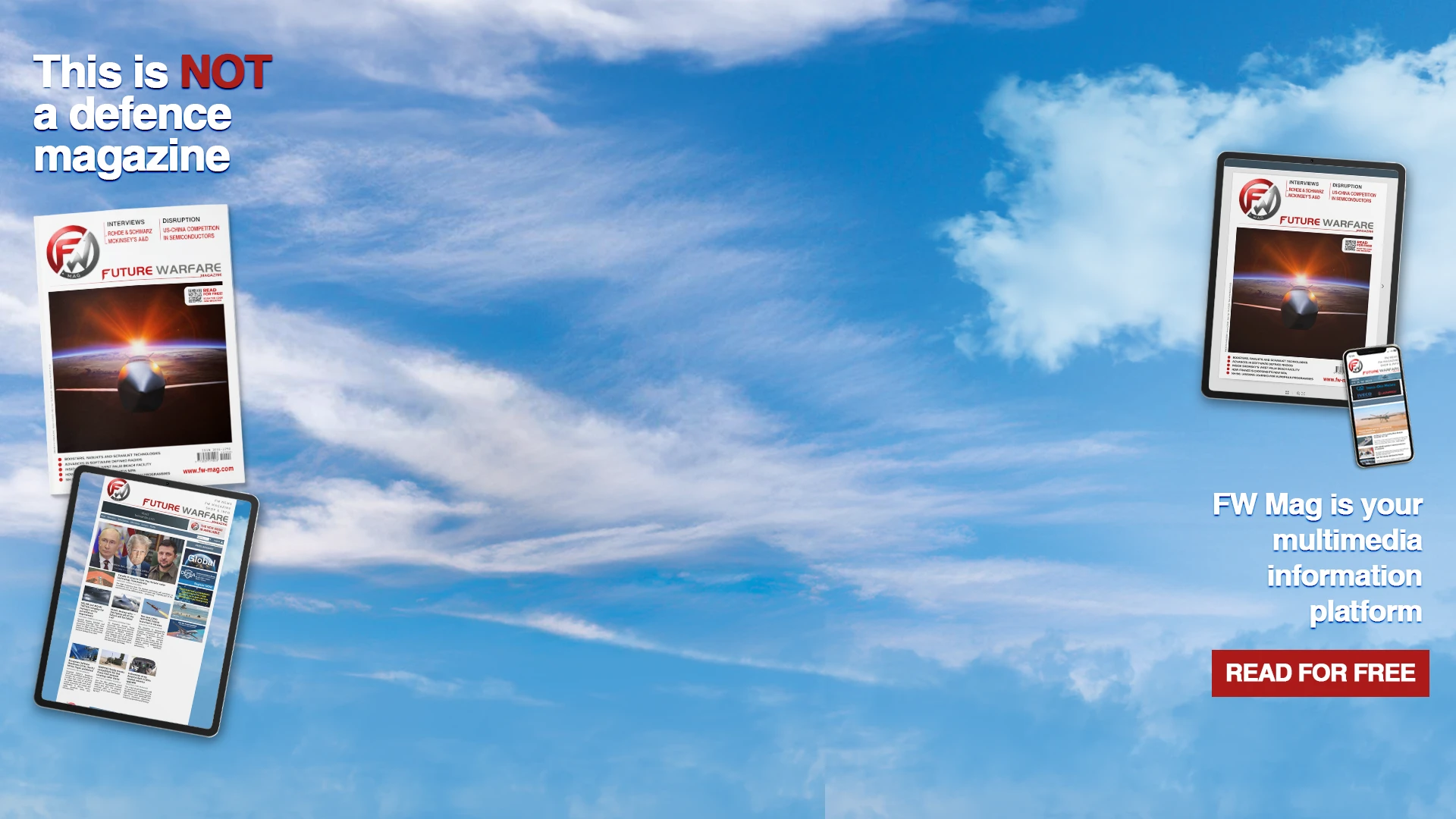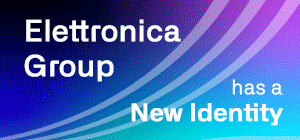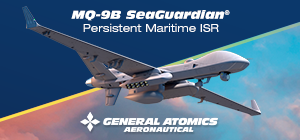
At the end of December, the Spanish Government signed with NETMA (NATO Eurofighter and Tornado Management Agency) and the Eurofighter consortium the contract for the HALCON 2 programme to supply 25 Eurofighter TYPHOONs to the Spanish Air Force. The aircraft are intended to replace the EF-18M HORNETs of Wing 12 and Wing 15 stationed in Torrejón and Zaragoza, respectively.
The Eurofighter TYPHOON programme is experiencing a second youth, with a capacitive evolution that will guarantee a top service life and performance until 2060 and important export prospects.
In the wake of this contract, FW MAG's sister publication Rivista Italiana Difesa had the opportunity to interview Giancarlo Mezzanatto, CEO of Eurofighter Gmbh, who will be leaving his post by the end of the year.
RID: What are the reasons for the ‘renaissance’, as you have repeatedly defined it, of the Eurofighter TYPHOON programme?
Giancarlo Mezzanatto: There are three and they are very solid. The first is that the aircraft is playing an operational role with very important results. In the last two years, 80% of the operational missions of the partner countries' fighter fleets have been carried out by the Eurofighter TYPHOON, with a commitment ranging from air defence missions on NATO's eastern flank, to missions in the Middle East - like, for example, in Yemen in defence of naval traffic in the Red Sea or in countering Iran's missile attacks against Israel. Second, a clear and well-defined capability development plan. Finally, the third reason concerns the strong economic impact of the programme. All this helps a lot on the commercial level, I can confirm a market perspective of around 150-200 new aircraft.
RID: Does this perspective include new orders from partner countries and exports?
Giancarlo Mezzanatto: Yes, exactly: it is a perspective that includes both new orders from partner countries - HALCON 2 in Spain (25 examples), the new order from the Aeronautica Militare in Italy (24 examples) and the so-called German Tranche 5 (20 examples) announced by Chancellor Scholz - as well as the opportunities emerging from the export campaigns underway. Signatures of the HALCON 2 contracts and for the new Italian TYPHOONs are imminent.
RID: Speaking of export campaigns, can you give us a few more details?
Giancarlo Mezzanatto: We are currently working in four countries: Qatar, Saudi Arabia, Turkey and Poland. Overall, we are talking about 130 new aircraft. In the first three countries the prime contractor is BAE Systems, while in Poland, as you know, it is Leonardo.
RID: What about the upcoming Italian contract?
Giancarlo Mezzanatto: Clearly I cannot go into detail at this stage, but I can say that it is a fundamental project for the Air Force for the purposes of updating its fleet and maintaining a leading role in the programme. Likewise, this will allow the Italian industry to bring its weight in the Long Term Evolution (LTE) activities and keep the final aircraft assembly line active at Leonardo's Caselle plant.
RID: Coming to capabilities, where are we with the evolution of the aircraft?
Giancarlo Mezzanatto: We are at such a point that today we can consider the Eurofighter TYPHOON, born as an air superiority fighter, as the best European swing role, thanks to a series of enhancement packages (Phase Enhancements) developed by the Consortium as part of a Capability Roadmap that is fundamental both for the Partner Nations, for the purposes of planning the necessary funds, and for the industry, for the purposes of planning activities and resources. The P3E software release is now being integrated and is scheduled for completion in 2026. At the same time, in the second half of this year, we signed the contract for the definition phase of the P4E release, which includes, among other things, the integration of the CAPTOR-E Mk1 and Mk2 radars, and the TAURUS long-range land-attack standoff missile, plus a number of changes to the EW equipment.
RID: Speaking of evolution, where are we with the LTE (Long Term Evolution Strategy)?
Giancarlo Mezzanatto: The LTE, it is worth remembering, is the strategy that will revolutionise the technological infrastructure of the aircraft, through the introduction of new and more powerful computers, guaranteeing it will remain in service with adequate and effective performance until 2060. We will soon sign the agreement that will start the Technology Maturation Phase, which has a total duration of 3 years (contract signed on 19 December 2024, Editor's note). With this technological evolution, TYPHOON will become an ideal bridge to 6th Generation and GCAP, playing a key role in ensuring a seamless evolution of our Defence technologies towards future generation systems. We conclude with the economic impact of the Eurofighter programme.
RID:What are the prospects from this point of view?
Giancarlo Mezzanatto: According to a recent independent study published by PWC, over the next 10 years, in the growth scenario we have been talking about, the Eurofighter programme will be able to guarantee up to 90.5 billion Euro in GDP and an annual average of 98,000 employees in the 4 partner nations. In Italy, we are talking about EUR 17 billion in GDP and an annual average of around 20,000 employees. Having said that, I leave the Eurofighter Consortium at the end of the year with very good prospects for the programme, both in terms of commercial opportunities and the development of the aircraft's operational capabilities, within the framework of technological developments that make it the ideal platform to take us towards the 6th Generation programmes.
Thank you for your insights!
The full version of the interview will be available in FW MAG 1/25.








.png)
